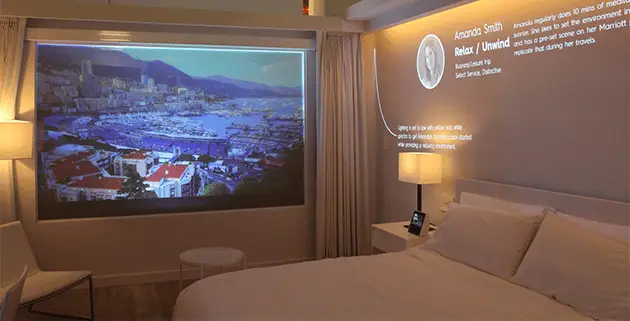Pros & Cons of Booking Restrictions
In this article Jean Francois Mourier outlines the most common hotel booking restrictions and when they are and aren’t useful for increasing bookings and revenue.
Every hotelier has used a restriction in their pricing strategy at one time or another. Whether a minimum length of stay (MinLOS) requirement over a particularly busy period, or a restriction on a particular day preventing new arrivals (Closed to Arrival – CTA), these restrictions are a common business practice. But are they the best way to manage pricing and occupancy for a hotel on a day-to-day basis? In this article, I will cover the most commonly used restrictions and explain which one is the most important restriction that hoteliers should be using in today’s highly competitive online marketing.
Minimum Length of Stay (MinLOS) Restriction
MinLOS restrictions were highly useful in the days prior to development and rise in popularity of the online booking channel, but today, where a large percentage of bookings are made online, they are not useful for day-to-day usage. However, MinLOS restrictions can be useful for special events or big-ticket days (like New Years Eve). Here’s why this restriction is not useful day-to-day:
First and foremost, it restricts your potential guests’ ability to book their stay according to their needs, not corporate policy. It is an inconvenience that will most likely send the potential guest running to the competition.
Secondly, you’re decreasing your online visibility. By having a MinLOS restriction in place, any searches that customers make on the OTAs will filter out your property if the guests’ stay isn’t compatible. This decreases the billboard effect and can cost you valuable direct bookings in the long run.
To find out more about why hoteliers shouldn’t use MinLOS, read ‘The MLOS Myth‘.
Closed to Arrival/Departure Restriction
If a hotelier decides to make a particular day “closed to arrival” or “closed to departure, it means that guests are restricted from either arriving or departing on that particular day. If a guest is already staying with the property on that date, they can continue their stay uninterrupted but no arrivals/departures will be allowed on that date.
These restrictions are most commonly used to control the flow of arrivals and departures, during special events when a certain stay pattern is desired, such as stays on the four days leading up to Super Bowl. However, I have seen an overuse of these restrictions to address short staffing and to facilitate the check-in and check-out process.
Once again, why would you make it more difficult for a guest to book with your property? If a guest wants to arrive or check-out on a given date, let them do so. If resources are an issue, consider alternatives like offering check-out via iPads in the lobby and getting a sophisticated PMS to make your reservation and check-in procedures less complicated.
Maximum Stay Restriction
This restriction does not allow guests to make bookings that extend beyond a certain number of days, and is often used when offering promotional discounts to drive occupancy such as ‘Stay Three Nights, Get the Fourth Night Free’. I have seen cases where the hoteliers set a Maximum Stay restriction to avoid giving away two free nights if a guest wants to stay eight consecutive nights.
It seems pretty obvious to me that this restriction be counter-intuitive! A hotel’s end goal is to increase bookings, which is why they offer a discount in the first place, but then, they tell their guest that they can’t stay beyond a certain period of time. Promotional discounts seek to increase the volume of bookings. If you are penalizing your guests or not letting them book longer stays, you are closing the door and minimizing the amount that can be earned on incidentals during their stay, which is often how hoteliers increase their RevPAR on discounted promotional stays.
Finally, the holy grail of restrictions: Price.
Out of all of the restrictions that I outlined above, price is the only one that I would suggest that hoteliers use on a continuous basis. Other than price, overusing all of these restrictions is not beneficial because they all diminish the amount of revenue that a property can earn. That’s where price is different.
Hoteliers should be aiming to sell the most rooms at the best rate, and competing on price makes that possible. The law of supply and demand tells us that to constrain demand, we can increase price (not exorbitantly unless you really want to limit sales). Similarly, to stimulate demand we can decrease price (incrementally – no rash discounting).
Do you still use these ineffective restrictions at your property? If so, try implementing price as your only restriction and watch your revenue grow!





